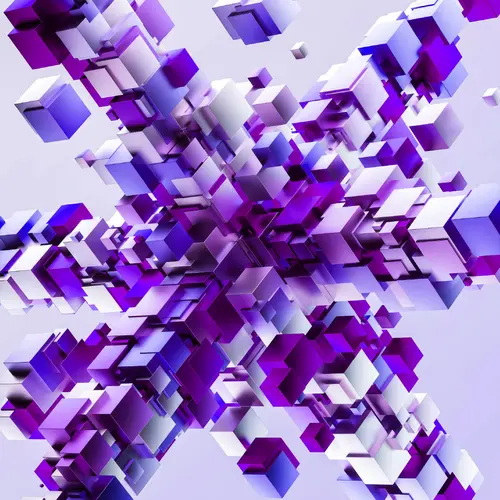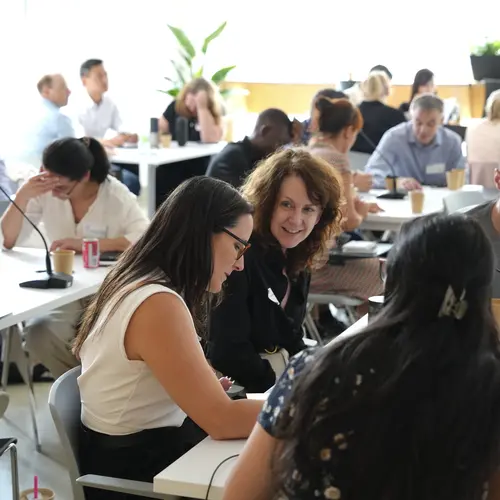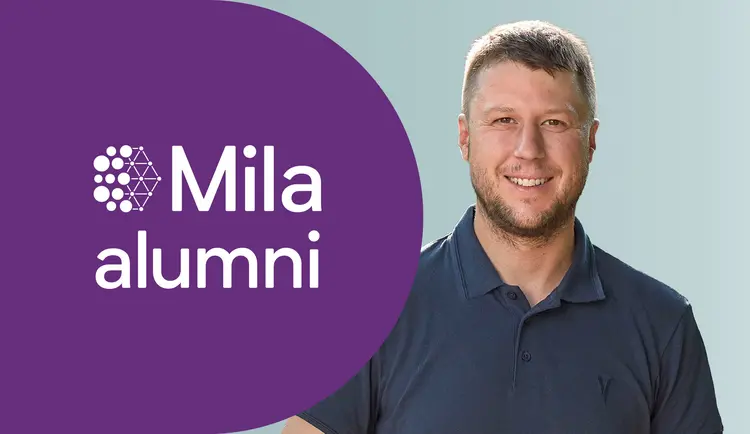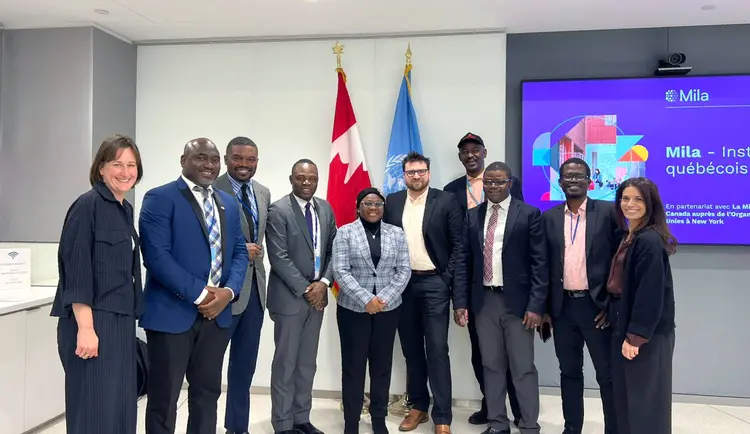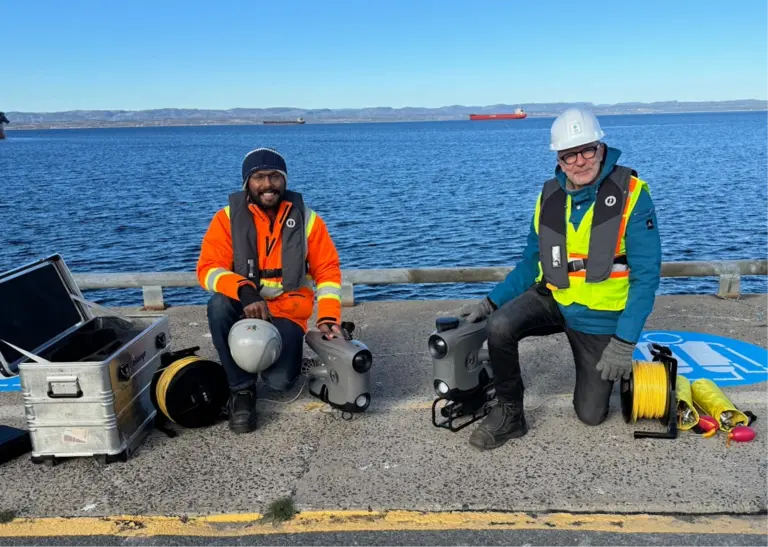
Inspecting underwater quays is a costly, complex, and risky method when performed by humans. Jorawar Singh Dham, a master's student at the University of Montreal, is developing AI-based solutions to analyze images from underwater drones and address the maintenance challenges of the Port of Sept-Îles, a crucial gateway to international markets for Canada.
Optimizing Underwater Drone Images
Each week, Jorawar pilots an underwater drone along the port's imposing walls, filming every corner. Back in the lab, he uses computer vision to analyze the collected images.
"AI plays a crucial role in cleaning and clarifying underwater images", Jorawar explains, particularly by correcting light attenuation and color desaturation.
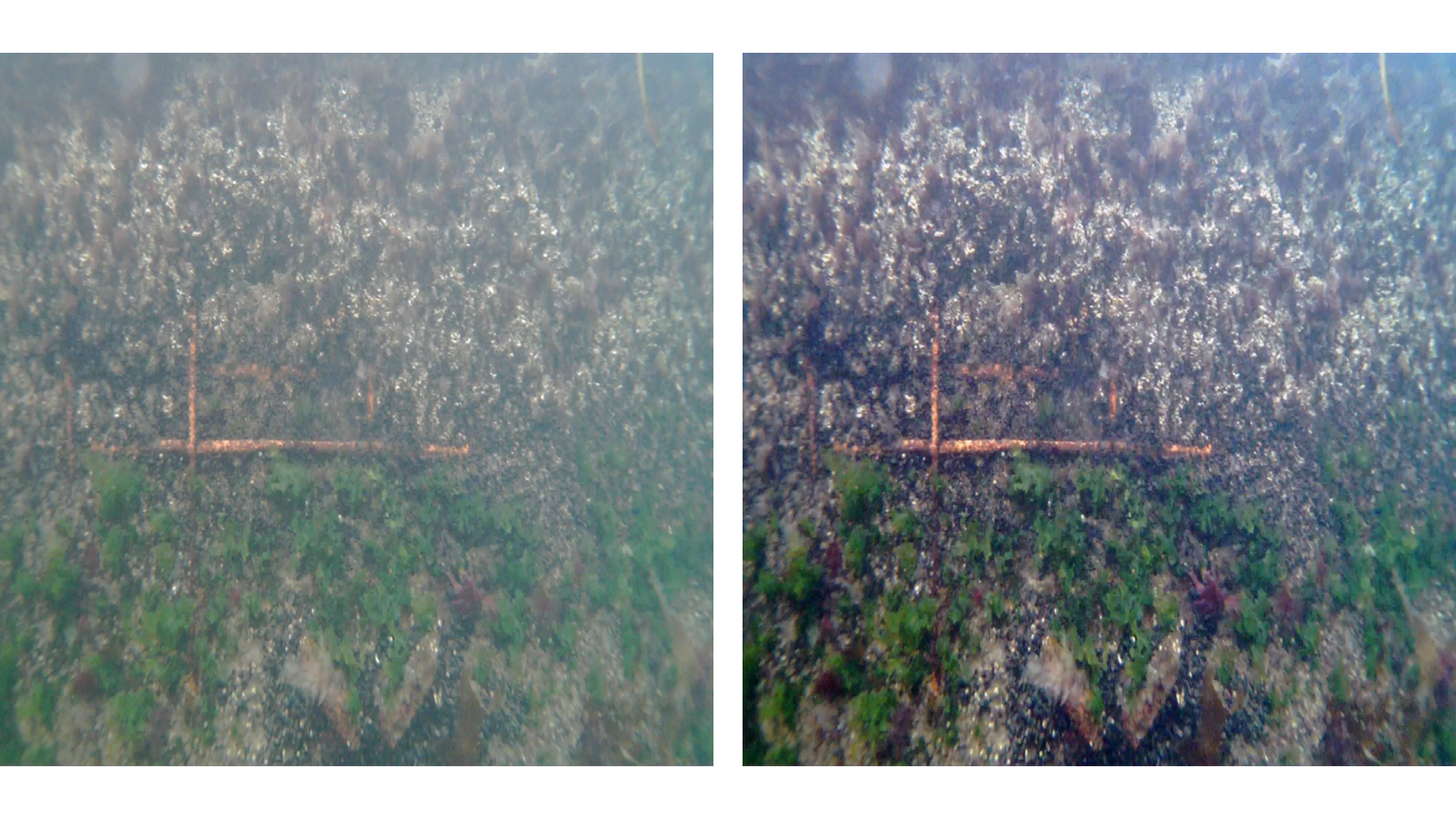
The goal is to create a 3D replica of the infrastructure by meticulously modeling the quay. This technology will provide port personnel with a detailed map of the underwater structures, greatly facilitating repair planning.
This research internship, a collaboration between Mila and the Centre d’entrepreneuriat et de valorisation des innovations (CEVI) located on the Cégep de Sept-Îles campus, immediately captured Jorawar's attention: "It's an ambitious project, at the intersection of engineering and AI, where we are creating a solution for the real world".
The project aims to automate the detection of defects and their urgency levels using AI, based on the underwater images. "We will also be able to predict criticality or upcoming defects that we have observed" adds Laurent Ferrier, Director of Research and Innovation at Cégep de Sept-Îles and Jorawar's internship supervisor, highlighting the preventive potential of this technology.
Multiplying Applied Research Collaborations
Building on Jorawar's advancements, they are already planning to continue and expand the project. This could include using sonars for defect detection in port sections where water turbidity makes drone image capture impossible.
"I want us to develop tools that meet the needs of the Port of Sept-Îles. If we succeed, this could extend to the four other federal ports, offering significant potential for valorization and commercialization" affirms Laurent Ferrier.
The success of this first collaboration strengthens CEVI and Cégep de Sept-Îles research center's intention to host more Mila interns for applied research projects.
By expanding its collaborations in Quebec's regions, Mila provides highly skilled AI talent for the development of innovative technologies, actively contributing to the province's socio-economic dynamism.
Attracting Talent to the Regions of Quebec
Life in Sept-Îles has also immersed Jorawar, originally from India, in Quebec culture: "I learned French in Montreal but I didn't have the opportunity to practice it. I can now speak French at work".
He was also surprised by the region's dynamism and opportunities: "There are many industries here with a lot of applied research collaborations with Cégep de Sept-Îles".
A discovery that expanded his career prospects, to the point that he's now open to pursuing his career outside of the metropolitan area after graduation.
Laurent Ferrier also highlights the benefits of attracting talent to the regions, emphasizing greater employment and retention possibilities: "We like to offer great job opportunities to our interns who have enjoyed their work and the lifestyle in Sept-Îles".The goal is to create a 3D replica of the infrastructure by meticulously modeling the quay. This technology will provide port personnel with a detailed map of the underwater structures, greatly facilitating repair planning.
